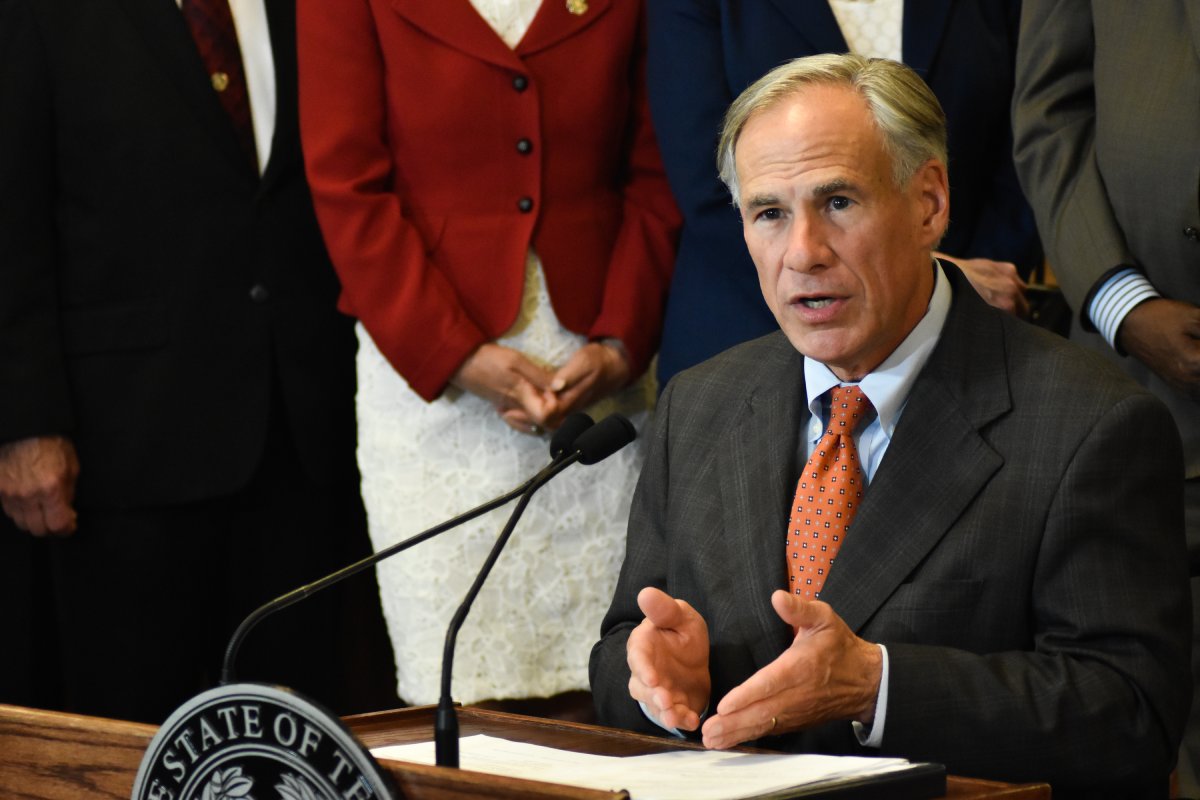Ever wondered why Texas schools face such wide educational gaps? The good news is that changes are happening. The better news? Gov. Abbott’s new policies might just be the answer. Let’s dive into what these changes mean and whether they can bridge the gaps or make them worse.
Understanding the Core Issues

Educational disparities in Texas are more than just statistics. They reflect real challenges faced by students, teachers, and parents every day. Issues like funding imbalances, varied access to resources, and differences in school quality heavily influence the educational landscape.
The Evolution of Education in Texas

For decades, Texas has tackled the complexities of education reform. Each wave of changes, from funding adjustments to curriculum shifts, has left its mark on the system—sometimes for better, sometimes for worse.
Current Trends and Data

Recent data shows stark contrasts in Texas education. While some districts boast high graduation rates and advanced placement participation, others struggle with high dropout rates and low test scores. For example, Texas Education Agency data reveals that while graduation rates in districts like Highland Park ISD are above 95%, districts such as Houston ISD face dropout rates as high as 11%.
Gov. Abbott’s New Educational Blueprint

Gov. Abbott’s latest initiatives aim to address these inequalities through increased funding, a focus on STEM education, and enhanced support for low-performing schools. “We must ensure that every Texas student, regardless of their ZIP code, has access to a high-quality education,” said Gov. Abbott. But will these policies level the playing field?
Analysis from the Experts

Education experts and policy analysts have mixed reactions to Gov. Abbott’s strategies. Some praise the focus on under-resourced areas, while others worry about the sustainability of support and the pressures of standardized testing. Dr. Pedro Noguera, Dean of USC Rossier School of Education, said, “Increased funding is a step in the right direction, but without strategic allocation and long-term support, these changes may not achieve the desired outcomes.”
Local Innovations in Education

Across Texas, some districts aren’t waiting for state mandates. They’re implementing innovative programs to enhance engagement and learning outcomes. For instance, Dallas ISD’s “Accelerating Campus Excellence” program has shown promising results in improving student performance by targeting resources to struggling schools.
Bridging the Digital Divide

A major focus of recent initiatives is closing the digital divide. With education becoming increasingly tech-dependent, investments in technology and infrastructure aim to ensure that all students have equal access to digital resources. The Texas Education Agency has reported a 20% increase in funding for technology in rural schools.
Funding Flows and Financial Challenges

Despite new funding, disparities remain a significant concern. How these funds are allocated—and the transparency of these processes—will be crucial in determining the success of educational reforms across diverse districts. “It’s not just about more money, but smarter spending,” emphasizes Marguerite Roza, Director of the Edunomics Lab at Georgetown University.
The Teacher’s Perspective

Teachers are on the front lines, and their insights are invaluable. Many express cautious optimism but emphasize the need for ongoing support and professional development to adapt to new expectations. “We welcome the changes, but continuous training and resources are essential for us to succeed,” says Randi Weingarten, President of the American Federation of Teachers.
Parental Involvement and Community Engagement

Engaged parents and community members play a pivotal role in the educational ecosystem. Increased involvement is often cited as a key factor in improving school performance and student outcomes. Initiatives like the Parent Teacher Association (PTA) in Texas have ramped up efforts to involve parents more in educational decisions.
Evaluating Educational Outcomes

As new policies take effect, success will be measured by changes in student performance, graduation rates, and college readiness scores. Ongoing evaluation is key to adjusting strategies to meet the diverse needs of Texas students. The Texas Higher Education Coordinating Board has already started tracking these metrics to provide feedback on the new policies.
Future Directions in Texas Education

Looking ahead, the trajectory of Texas education will depend on the state’s ability to implement policies that address current disparities and anticipate future challenges. Flexibility and responsiveness will be critical. “Adapting to the changing educational landscape is crucial for long-term success,” says Stephen Pruitt, President of the Southern Regional Education Board.
Can Policy Shifts Close the Gap?

As Texas continues to face educational disparities, all eyes are on the effectiveness of Gov. Abbott’s policies. Will these initiatives create a more equitable educational landscape, or will they fall short of their transformative potential?
Featured Image Credit: Shutterstock / Carrington Tatum.
For transparency, this content was partly developed with AI assistance and carefully curated by an experienced editor to be informative and ensure accuracy.





